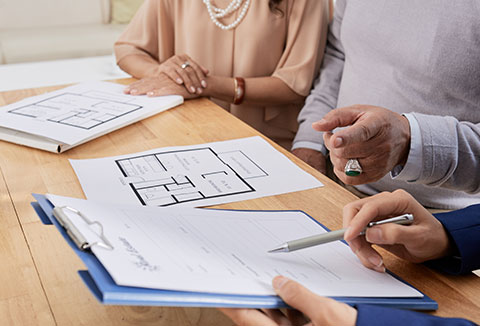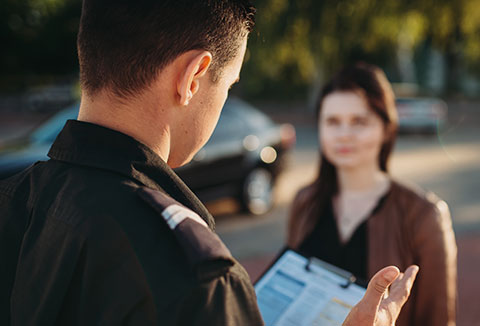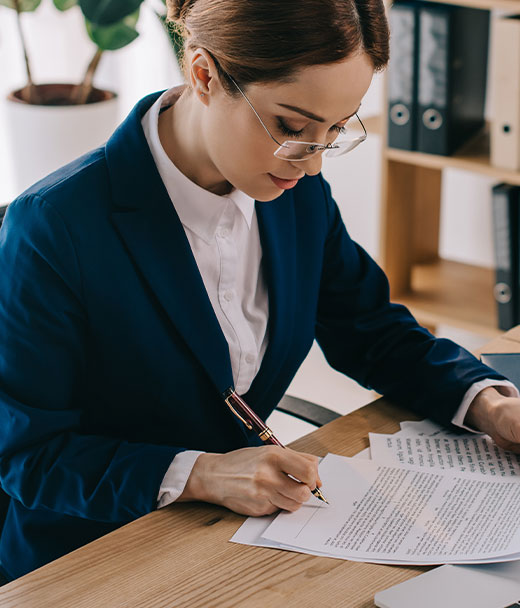Property owners and other responsible parties are legally required to keep their premises reasonably safe from hazards. If you or a loved one was injured on another party’s premises, from a public park to an active construction site or leased business, you may have grounds for a premises liability lawsuit.
Proving a premises liability case demands rigorous investigative skills and a deep knowledge of relevant laws. The attorneys at The NYC Trial Lawyers Group have a strong track record of experience in handling premises liability lawsuits. We distinguish ourselves through early investigation and strong trial skills, which we leverage both inside and outside the courtroom. Learn how our attorneys handle premises liability cases, and how our experience can help you.

It’s important to identify potential defendants in a premises liability case as soon as possible, as this information could dramatically affect the timeline of your case. Typically, if your injury occurred on privately-owned property, you would have three years following the date of your accident to file a lawsuit.
However, if your accident occurred on property owned and maintained by the government, such as a public park, that timeline is seriously reduced. You will need to sue the municipality, which gives you 90 days to file a Notice of Claim, and only one year following the date of the accident to file a lawsuit.
The defendant in your case may not always be obvious. For example, suppose you tripped over a damaged sidewalkin New York City. Although New York City sidewalks are considered city property, the owner of the premises that adjoins a sidewalk is typically responsible for its maintenance. In other words, the City of New York may not be a defendant in your case unless the sidewalk is next to a public park or municipal building.
Only a good attorney can give you full insight into who might be responsible in your individual case. Hiring an attorney as soon as possible will ensure that any critical deadlines in your case are met.
An experienced attorney will conduct a thorough investigation in order to prove negligence and give your case the best chance of success. This includes the following strategies:
Immediate Investigation
Many property owners and contractors are quick to repair the defect that caused an accident, making it difficult for your legal team to gather evidence during discovery. By starting their investigation as soon as they sign your case, your attorney will have the best chance to document any defects before that repair can take place.
Securing Surveillance Footage
Security footage from nearby restaurants and businesses needs to be obtained quickly, as many security cameras automatically tape over and erase their footage — often in as short a time as two weeks.
Alternative Evidence Sources
If security footage is unavailable, we have other methods of gaining perspective on an accident. Google Maps, for example, has proved highly valuable to us in premises liability cases, frequently providing us with detailed snapshots of a location prior to the accident’s occurrence.
On‑Site Inspection & Demonstration
Whether or not direct evidence is available, traveling to the scene of an accident has often given us valuable perspectives on our cases.
Like other kinds of personal injury cases, your attorney will have to demonstrate that your injury was caused by negligence on the part of the owner of the premises, or another responsible party.
Ways to Establish Negligence
To establish negligence, one of three things must be true:
In the immediate wake of a ceiling collapse, it can be hard to know where to turn, particularly if you feel that you’ve already exhausted all your resources. In one case a client had called her superintendent, the building management office, 311, and the upstairs neighbor whose leak was causing the water damage (who responded that she had also been trying to alert the building)—all before her ceiling fell in.
As this story demonstrates, the typical ceiling collapse doesn’t occur in isolation: multiple parties may be responsible for such an incident, and the incident itself is often symptomatic of greater problems that jeopardize the safety and well-being of tenants. The attorneys at the NYC TRIAL LAWYERS GROUP recognize that effectively litigating a ceiling collapse lawsuit means gaining an understanding of the community in which such cases occur.

You may be wondering who would be liable in a sidewalk fall lawsuit. Several parties may be liable if you slip and fall on a broken sidewalk.

If a sidewalk hazard is linked to an adjacent private property, the owner may be liable for failing to address the danger.

The local government or city is often responsible for sidewalk maintenance, making proving negligence on the part of a municipality fairly challenging but necessary for securing compensation. An experienced slip and fall lawyer can assist in determining who is liable.
Companies responsible for maintenance or street cleaning may share liability if they neglect their duties, such as failing to clear debris or repair damage.
Legal Criteria for Proving Negligence in Sidewalk Slip and Fall Cases